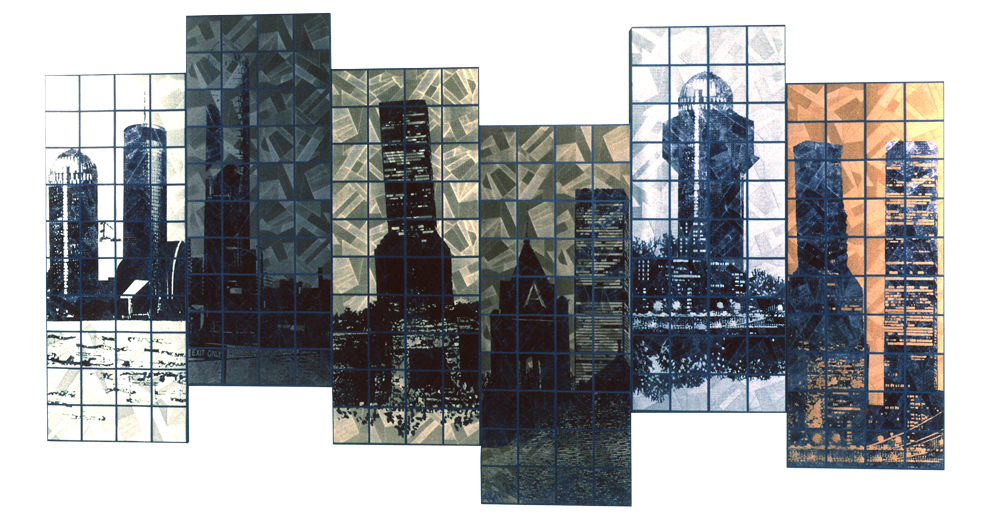
Glen Kaufman: Artiste Textile Extraordinaire Contemporain
There was truly a wave of sadness and disbelief in mid-January 2020 when word came of the poor health of Professor Glen Kaufman, Athens, GA, who has graced this city of Kyoto, Japan for more than 37 years. Glen was so interested in the contemporary textile arts, as well as the traditional techniques and expressions of Japanese arts. He would frequent not only museum, gallery and university exhibitions but was also always connecting the dots with ceramics, Butoh dance and classic Japanese and world history.
His span of art work was of interest to the Japanese and as a mentor to many, his devotion to produce work and continue to exhibit into his 87th year, was an important influence: showing we don’t retire, we continue to experiment.
One of his last shows included odd tools found for pennies at the famous Kitano flea market, but with his slight embellishment and proper mounting gave a spotlight on something that many might wonder: what could this have been used for? We all know our need for the perfect tool.
Another interest was the beautiful, deep, orange-red dyed Benibana under-kimono, that was purported to give good health to the wearer – called a “Juban” – yards of which he hung from the ceiling of GalleryGallery, the long-running contemporary textile gallery in Kyoto, accompanied by a Butoh dancer collaboration. And this included a mini-textile series called “Juban Jam” where he “canned” his leftover silk Juban strips for posterity.
Originally showing his well known “Glove Series”, his use of applied gold and metal leaf onto his self-woven, damask silks with images of Japanese and Korean house roof tiles was impressive, as well as his fab exhibition filling the gallery to the brim with used Blue Jeans, which made young and old take notice of the connection to historical textiles and good old-fashioned humor.
Sorely missed already as a dedicated visitor to flea markets, exhibitions, and museum shows where he was always asking about the materials, technique, intention and history of the artists’ work. Endlessly trying to bridge the gap – sometimes where in the end it was only the absurdity of the matter that won out!
Glen was my one and only house guest who reported he had hand-washed a pair of stenciled Finnish pot holders while I was away. Who couldn’t love the devotion and understanding of a textile artist like that?!
Jorie Johnson
Kyoto, Japan, February 2020
Originally published in “Surface Design Journal”, Summer 2020
 Glen Kaufman
Glen Kaufman







